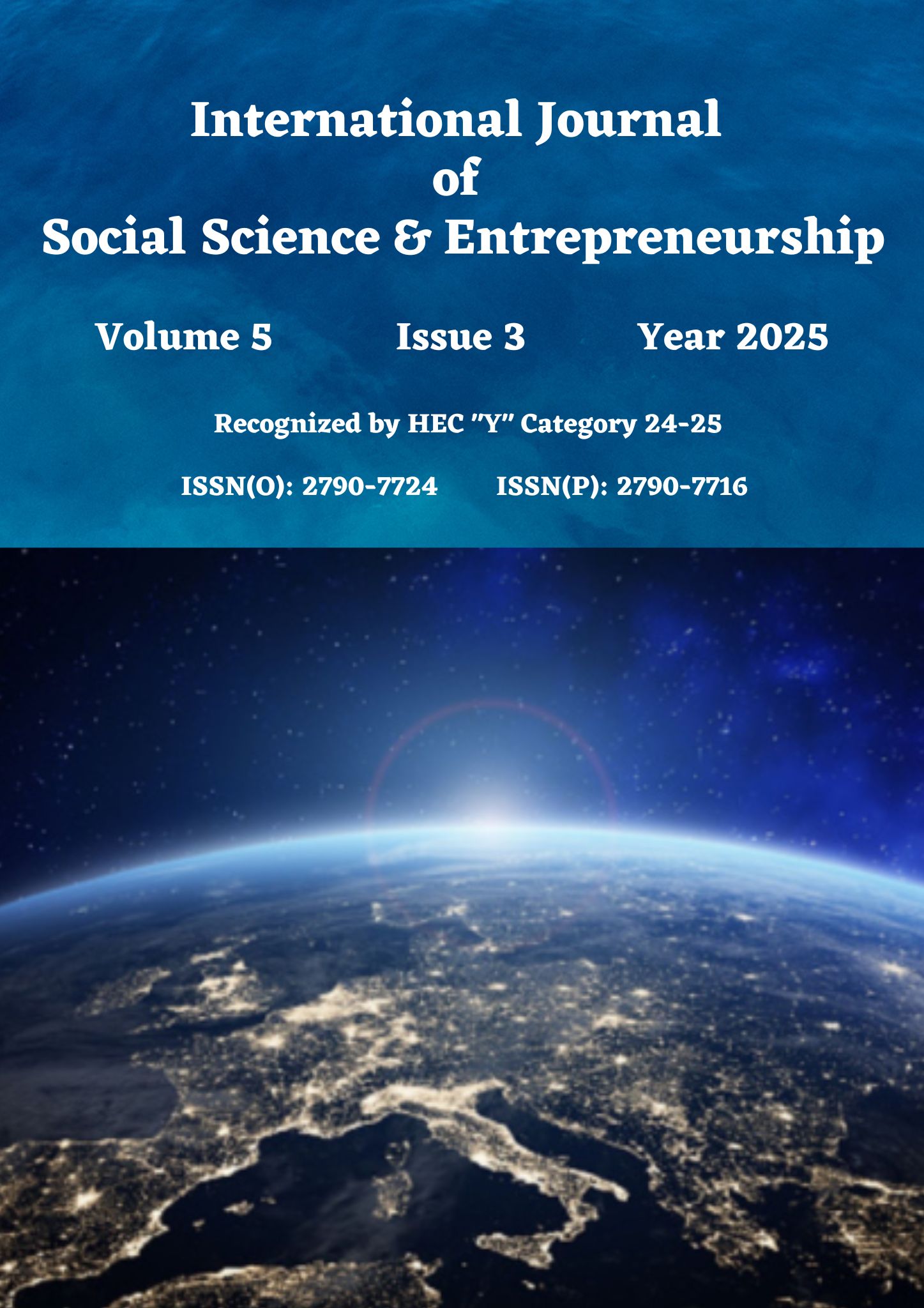The Red Sea as A Proxy Front: Iran’s Strategic Use of The Houthis and The Politics of Plausible Deniability (2023–2025)
DOI:
https://doi.org/10.58622/vnr7ef13Keywords:
Red Sea, Bab el-Mandeb, Houthis, Iran, proxy warfare, maritime security, plausible deniability, asymmetric warfareAbstract
The Red Sea has become one of the most strategically consequential maritime theaters in the 21st century, where regional rivalries, proxy warfare, and asymmetric operations converge to shape global economic and security outcomes. Between 2023 and 2025, this corridor became a critical arena for Iran’s regional power projection through its sponsorship of Yemen’s Houthi movement.
During this period, 145 Houthis attacks including drone, missile and unmanned naval strikes on commercial vessels such as the Magic seas and Eternity C disrupted maritime traffic, caused a 50% decline in Suez Canal transit, and significantly raised insurance premiums.
The study adopts a qualitative case study approach, applying proxy warfare theory and drawing on official reports, open-source intelligence, and secondary literature to trace how Iranian support shapes Houthi capabilities. The findings indicate that these operations undermine energy security, threaten freedom of navigation, and compel regional and international actors to recalibrate maritime strategies.
Keywords: , , , , , , ,









